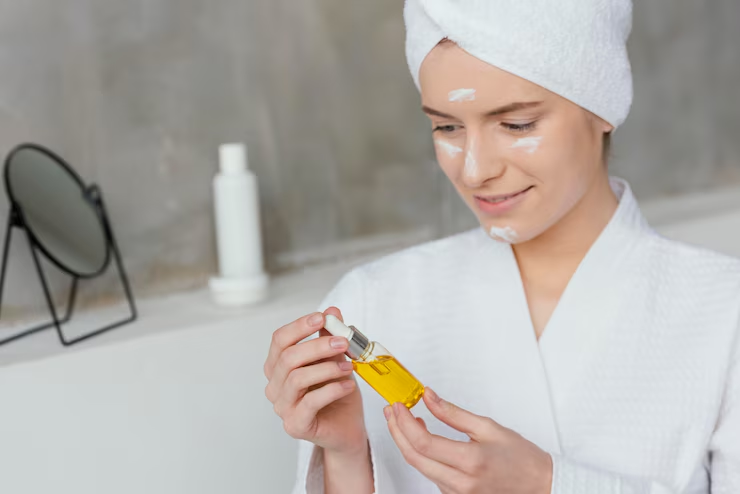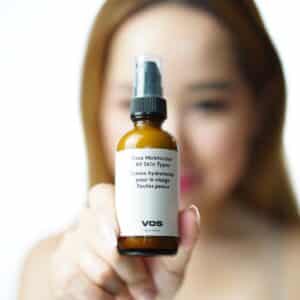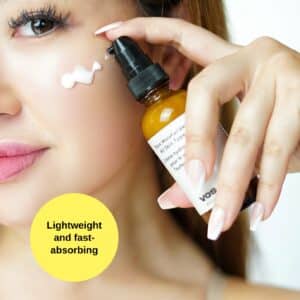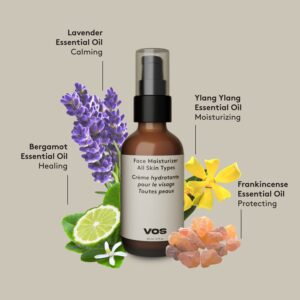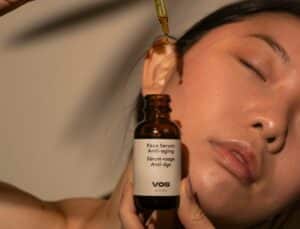Moisturizing is a vital step in any effective skincare routine. It helps to maintain the skin’s natural barrier, supports hydration, and may help reduce the appearance of dryness and irritation. Despite its importance, many people either skip this step or apply moisturizer without understanding how to maximize its benefits. In this article, we’ll explore reliable tips to help you select and apply moisturizers more effectively.
Why Moisturizing Is Essential in Every Skincare Routine
Moisturizers work by trapping water in the skin and creating a protective layer. This is especially important as skin is exposed daily to environmental stressors such as pollution, weather changes, and indoor heating or cooling systems that can dehydrate it.
Supports Skin Barrier Function
One of the main roles of a good moisturizer is to reinforce the skin’s natural barrier. A strong barrier protects against irritants, bacteria, and allergens. When the barrier is compromised, the skin can become dry, flaky, or sensitive.
Helps Maintain Hydration
Hydrated skin functions better. Moisturizers prevent transepidermal water loss (TEWL), which refers to the water that naturally evaporates from the skin’s surface. Preventing TEWL helps maintain skin elasticity and a healthy texture.

How to Choose the Right Moisturizer
There is no one-size-fits-all moisturizer. Your choice should be based on your skin type, lifestyle, and environmental conditions.
Identify Your Skin Type
Understanding your skin type will help you choose the most suitable product:
- Dry skin: Needs heavier, emollient-rich creams that contain ingredients like shea butter or ceramides.
- Oily skin: May benefit from lightweight, non-comedogenic gels or lotions that won’t clog pores.
- Combination skin: Often requires balancing formulas—lightweight enough for oilier areas but with enough moisture for dry zones.
- Sensitive skin: Needs fragrance-free, gentle moisturizers with minimal ingredients to avoid irritation.
Pay Attention to Ingredients
Here are some useful ingredients commonly found in moisturizers:
- Humectants (e.g., glycerin, hyaluronic acid): Attract water to the skin.
- Emollients (e.g., squalane, jojoba oil): Smooth and soften the skin.
- Occlusives (e.g., petrolatum, beeswax): Create a barrier to lock in moisture.
If you’re using active treatments such as retinoids or exfoliating acids, choose a moisturizer that offers extra soothing or hydrating support.

Best Face Moisturizer Tips to Boost Your Skincare Routine
Applying moisturizer correctly and consistently can significantly improve your skincare results. Below are practical tips to get the most out of this step.
Tip 1: Apply to Damp Skin
Moisturizer is more effective when applied to slightly damp skin. This helps to trap water and enhances absorption. After cleansing or using a toner, gently pat the skin and apply your moisturizer before it fully dries.
Tip 2: Use the Right Amount
Using too much product can overwhelm the skin, while too little may not offer enough hydration. A dime-sized amount is typically enough for the entire face, though this may vary based on the product type and formulation.
Tip 3: Layer Products Properly
If you use multiple skincare products, the correct order matters. Moisturizer should be applied after serums but before sunscreen (in the morning). This ensures it seals in any active ingredients and prepares the skin for environmental exposure.
Tip 4: Adjust with the Seasons
Your skin’s needs change with the weather. In colder months, you might require a thicker, more emollient moisturizer. During humid or warm seasons, lighter formulations may be more comfortable while still maintaining hydration.
Tip 5: Don’t Skip the Neck
The neck is often exposed to the same environmental stress as the face but is frequently neglected. Extend your moisturizer to the neck to maintain an even texture and hydration level.
Morning vs. Night Moisturizing
Your skin behaves differently throughout the day. Adjusting your moisturizer based on the time of day can be beneficial.
Daytime Moisturizing
In the morning, choose a moisturizer with ingredients that support the skin barrier and prepare it for exposure to pollution and UV light. Some moisturizers come with SPF, although dermatologists often recommend using a separate sunscreen for full protection.
Nighttime Moisturizing
At night, the skin enters a repair mode. Using a moisturizer with restorative ingredients such as peptides or ceramides can support overnight regeneration. Thicker creams or overnight masks can provide deep hydration.
How Moisturizers Fit Into a Skincare Routine
An effective skincare routine typically follows this order:
- Cleanser: Removes impurities.
- Toner (optional): Preps the skin for better absorption.
- Serum: Delivers active ingredients.
- Moisturizer: Locks in hydration and ingredients.
- Sunscreen (AM only): Protects against UV damage.
This structure helps ensure each step supports the next, with moisturizer acting as a seal to maximize overall effectiveness.
Special Considerations for Skin Conditions
If you have specific skin concerns such as eczema, rosacea, or severe dryness, consult a dermatologist. Some conditions require prescription moisturizers or formulas with specific ingredients.
For example:
- Eczema-prone skin: Look for moisturizers with colloidal oatmeal or ceramides.
- Acne-prone skin: Choose non-comedogenic options with calming ingredients like niacinamide.
- Aging skin: Moisturizers with peptides, antioxidants, and hyaluronic acid can help improve elasticity and fine lines.
Final Thoughts
Moisturizing is more than a basic step it’s foundational to a functional skincare routine. Choosing the right product and applying it correctly can support skin health across all seasons and skin types. By following the Best Face Moisturizer Tips to Boost Your Skincare Routine, you can maintain balance, comfort, and hydration while reinforcing your skin’s natural defense system.
